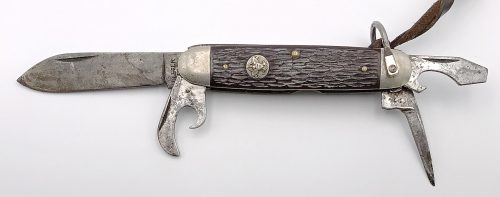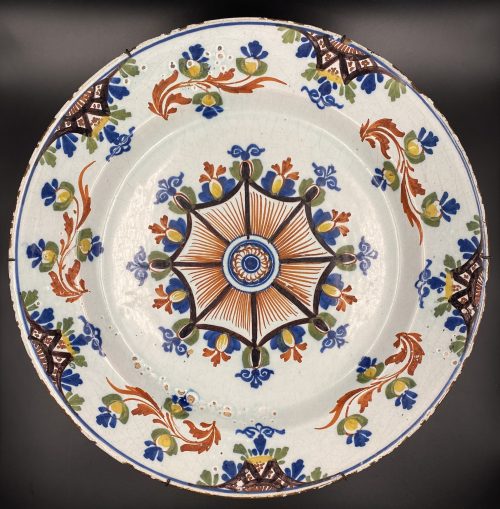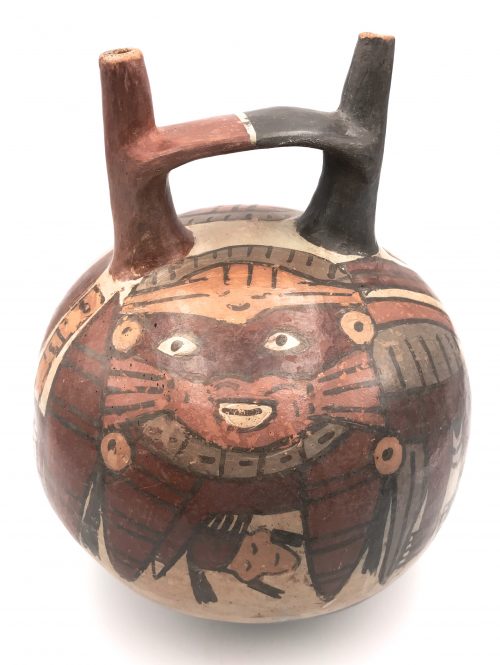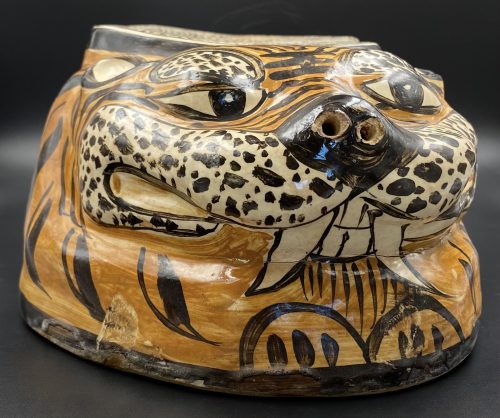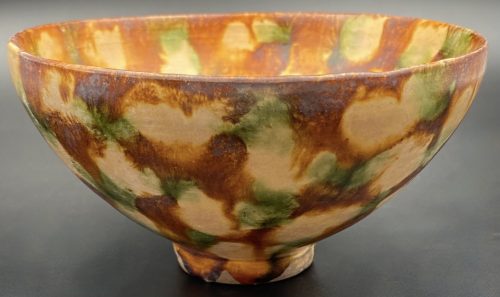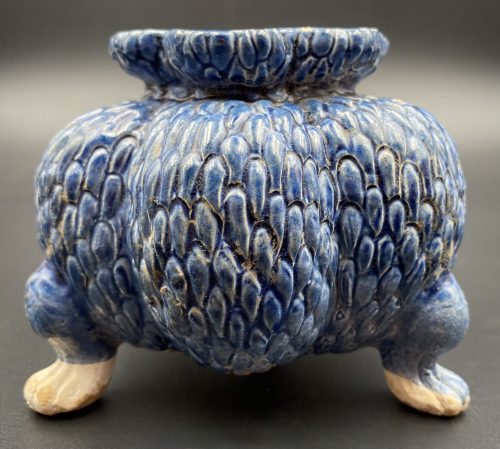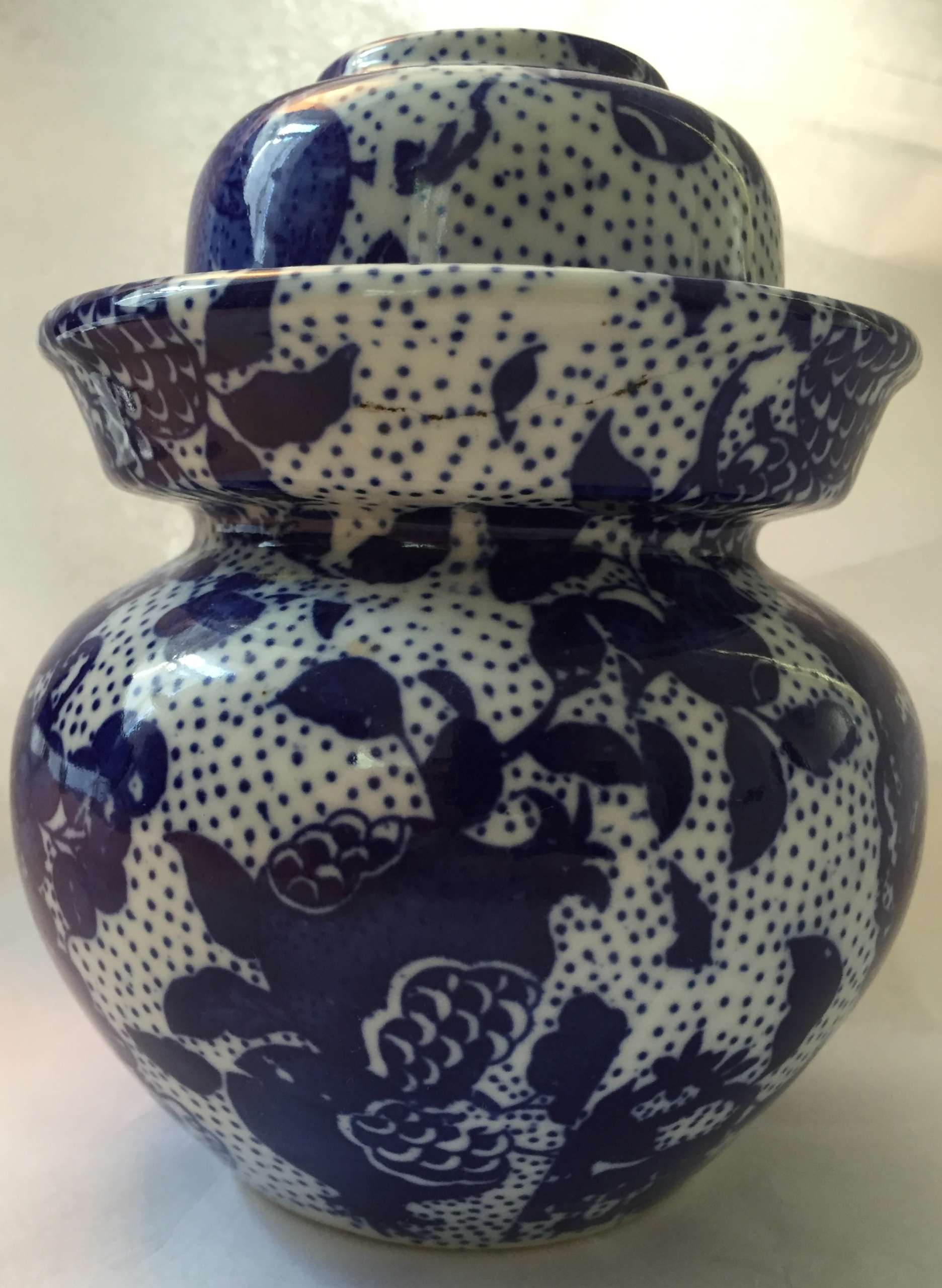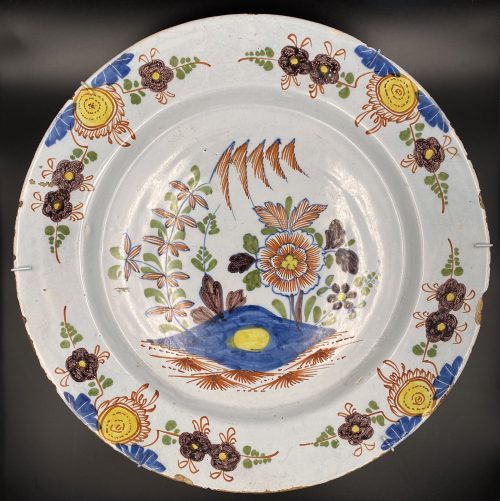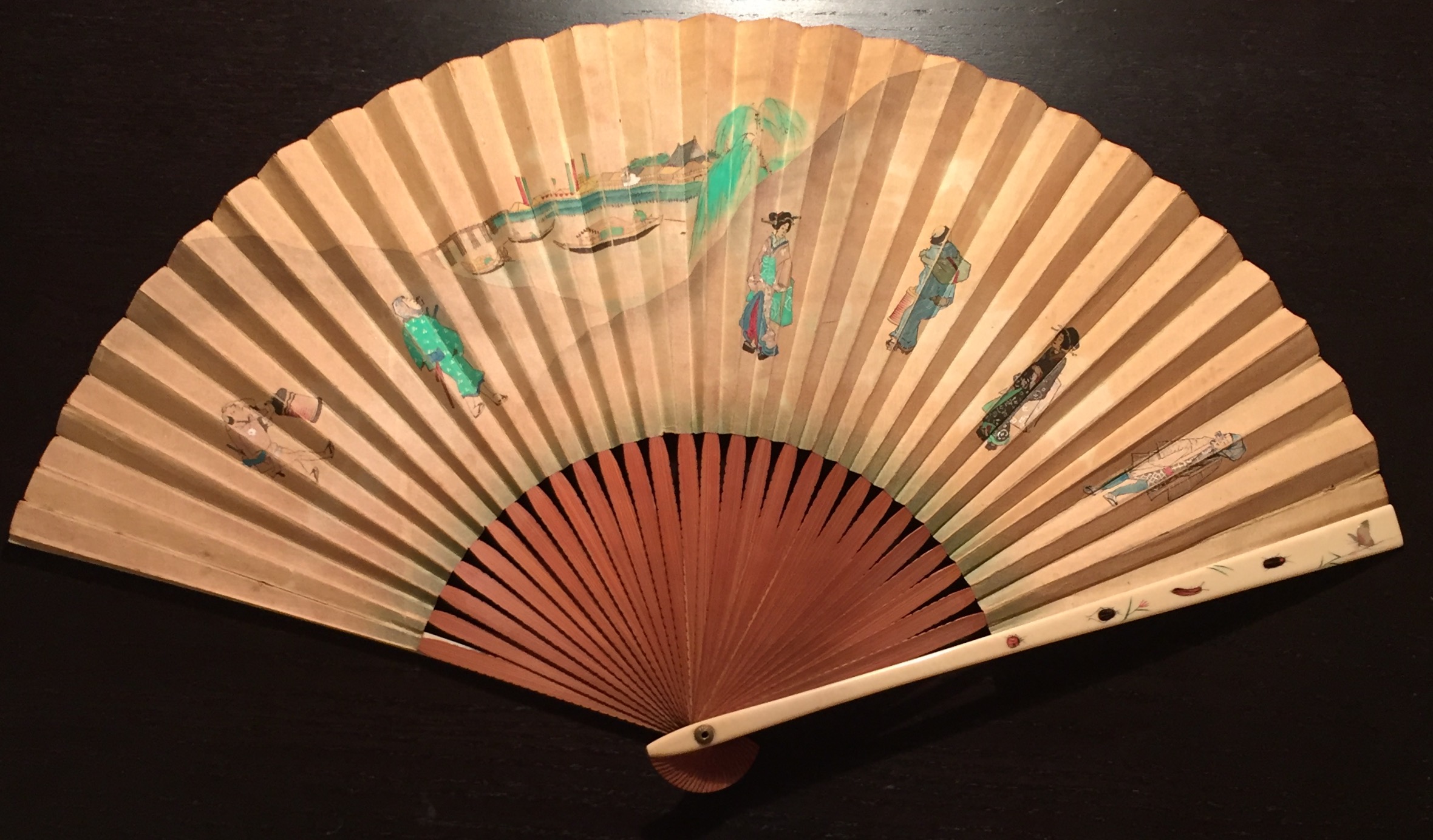Iron tsuba of six-lobed (mutsu-mokkō-gata) form, with six wild boar's eye shape (
inome) openings (
sukashi).
Ryo-Hitsu and the entire perimeter of tsuba have typical for this school raised rim; raised
seppa dai. Lobes are decorated in low relief carving (
sukidashi-bori). On the obverse: chrysanthemum, Genji mon, waves and rocks, grasses and star, bellflower, star and flower in tortoiseshell (kikko). On the reverse: Stars and different flowers, and flying geese. The plate is damaged to the left of
nakago-ana and around the left
hitsu-ana.
Kamakura-bori school.
Late Muromachi period (1514-1573).
Diameter: 89 mm; Thickness at seppa-dai: 4.0 mm; Weight: 108.8 g [large].
There is a similar tsuba in this collection, TSU-0345.2018, but with a different motif and much smaller: diameter 74.3 mm, thickness at
seppa-dai: 3.2 mm, weight: 62.8 g.

Varshavsky Collection: TSU-0345.2018
Another look-a-like tsuba can be found at the Compton Collection, part II, pp. 14-15, №17, though his tsuba is more massive (80 x 84 x 4 mm).

Compton Collection, part II, pp. 14-15, №17: Kamakura-bori tsuba, ca. 1450.
This tsuba, TSU-0401.2019, is the biggest of all three (another mine and the one from Campton Collection). The presence of a flower in a tortoiseshell symbol (crest or mon) on this tsuba alludes to
Izumo Shrine. The overall piece, with symbols of grasses, waves, flowers, incense, stars, and flying geese, is full of autumnal connotations.



























 Though we have to admit that the example from Catalog #7 by Robert E. Haynes looks much stronger.
Though we have to admit that the example from Catalog #7 by Robert E. Haynes looks much stronger.


